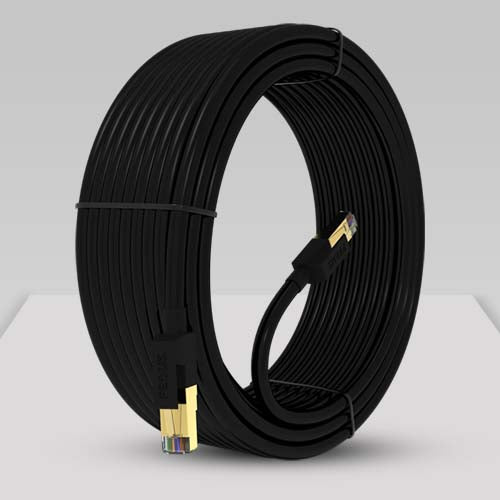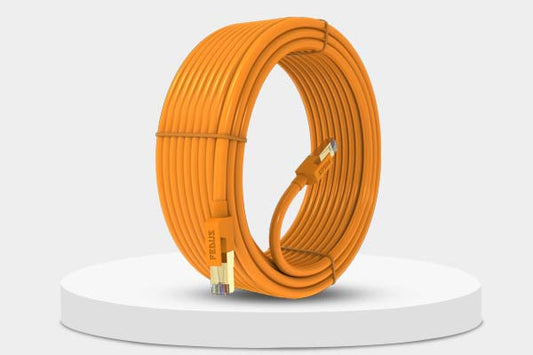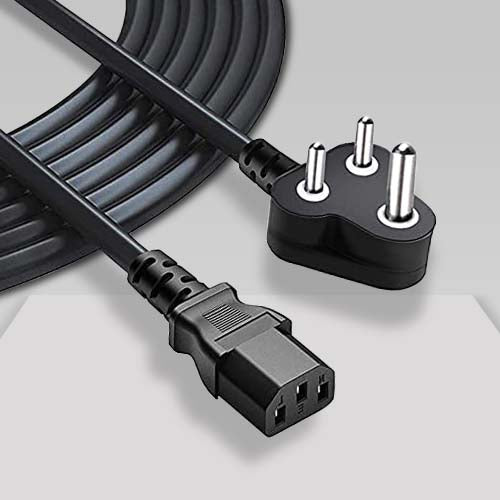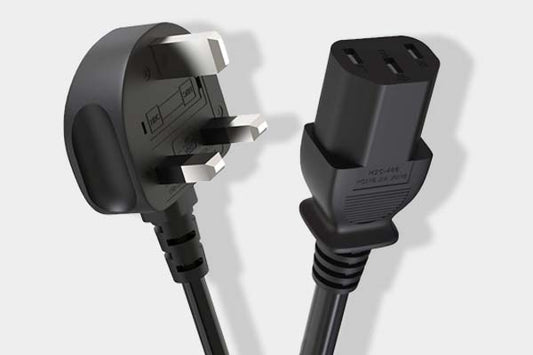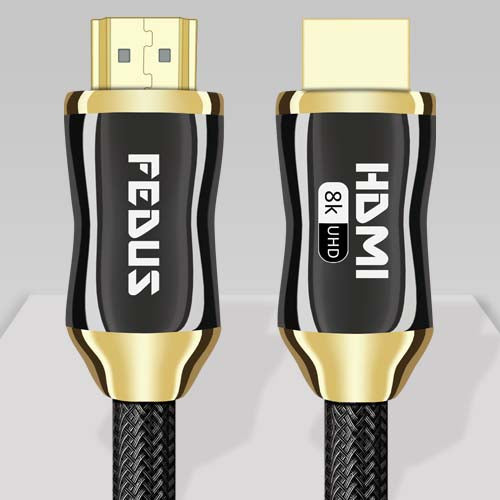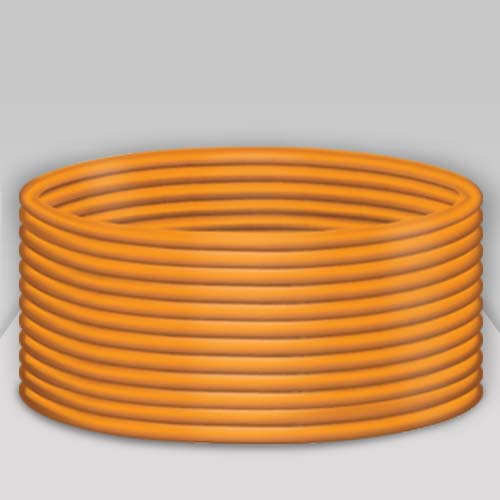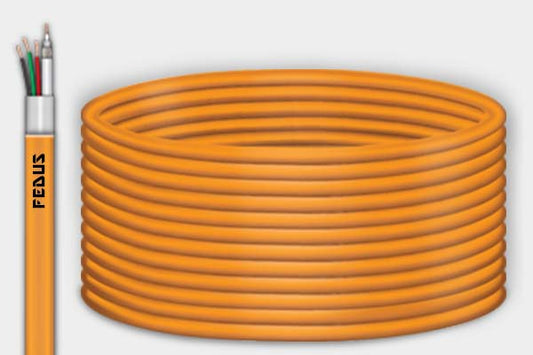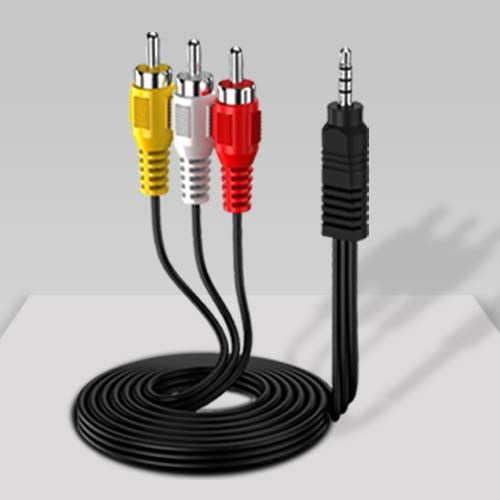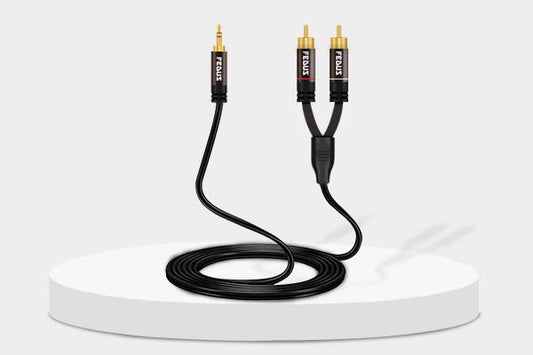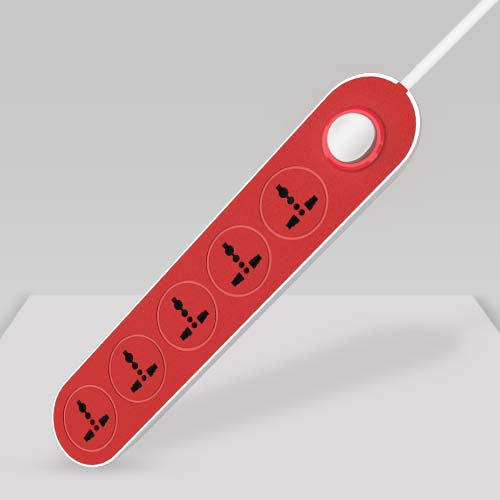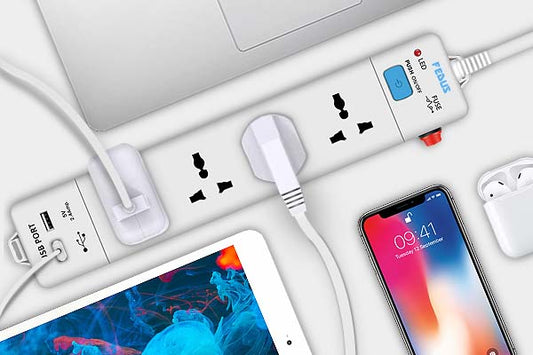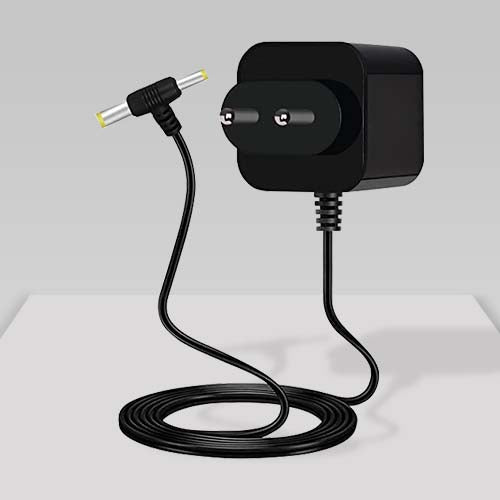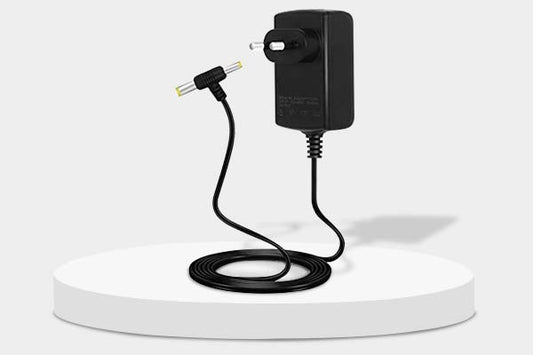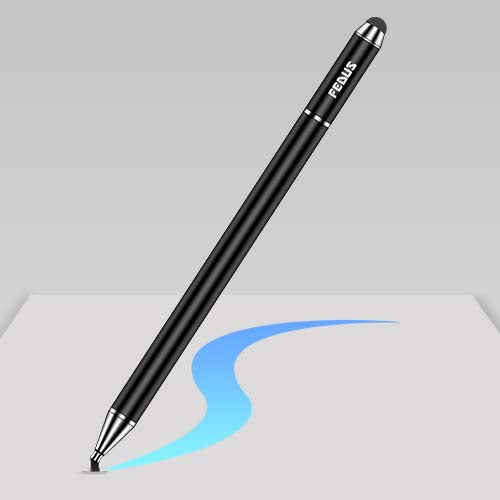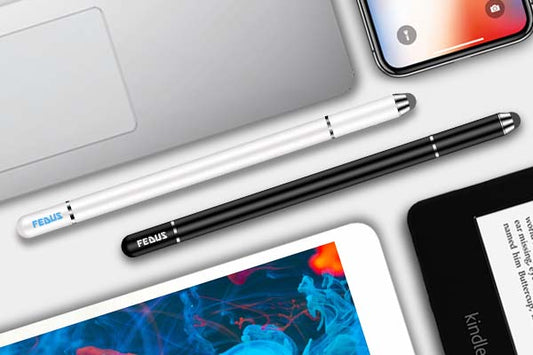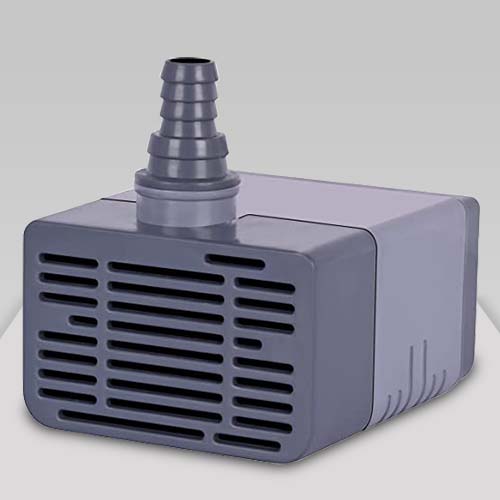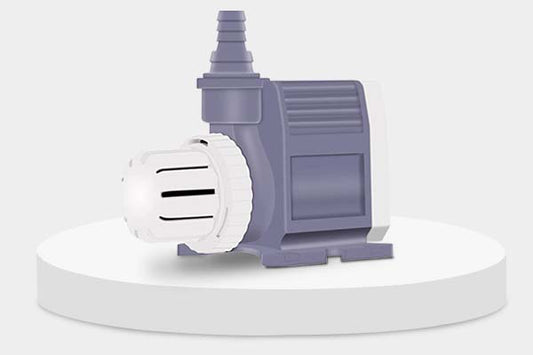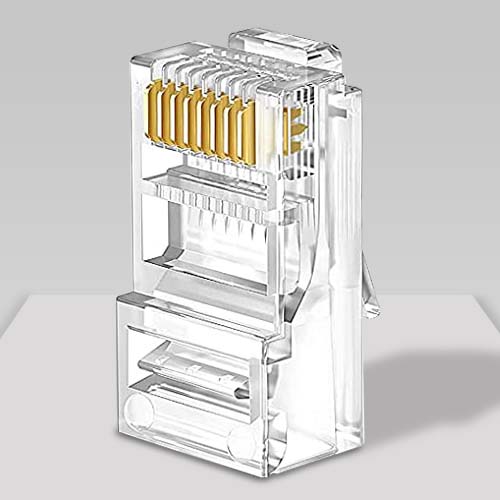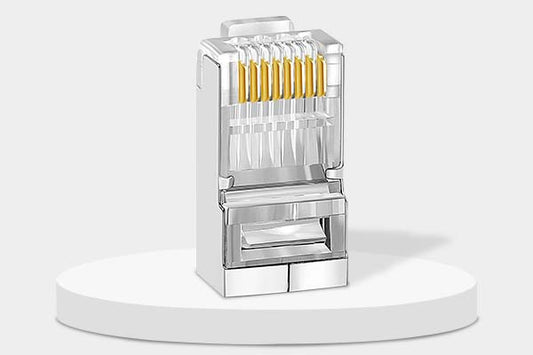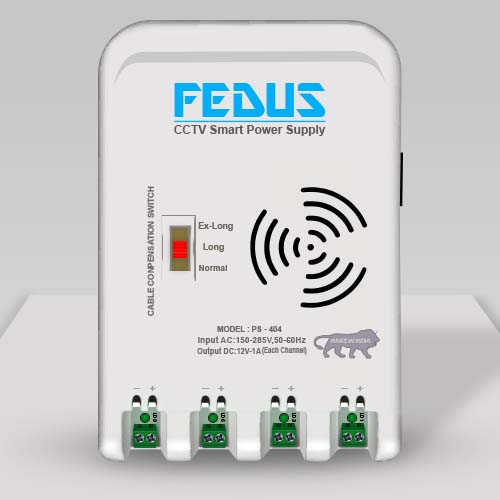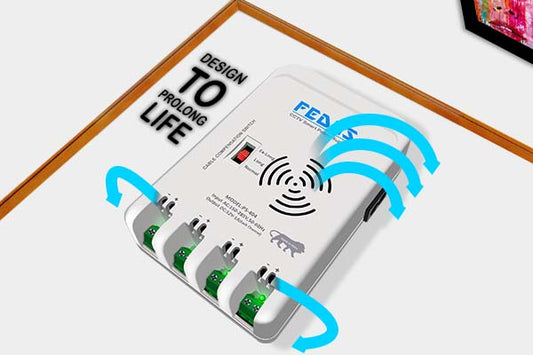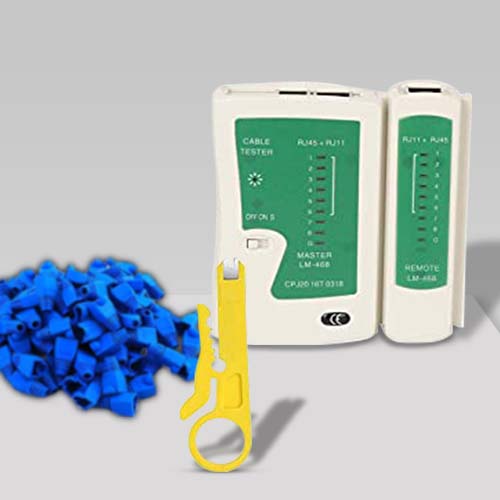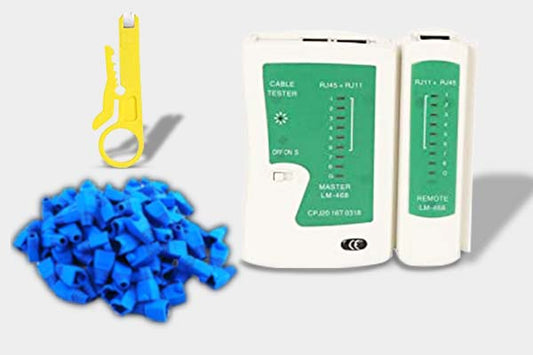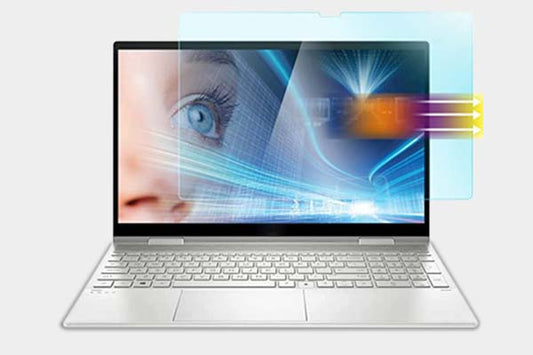Cat8 vs Cat6: Which Cables is Better For Future Proofing
Introduction:
The quick improvement of networking standards made the selection of an appropriate Ethernet cable crucial for ensuring continuous effectiveness and flexibility. Given the rapid growth of data consumption and increased network demands, prioritizing future-proofing your infrastructure is now more important than ever. Ethernet cables, which are the basic foundation of wired networking, are offered in several classifications, each providing distinct performance levels. Within this group, Cat6 and Cat8 stand out as two exciting choices. This paper examines the basic differences between these two categories and analyses which one is the superior option for ensuring the long-term viability of your network.
A Comparison of Ethernet Cable Classifications
Ethernet cables are categorized into groups, each explicitly engineered to fulfill particular performance requirements. Cat6 cable, a commonly utilized choice, provides dependable performance at moderate operating speeds. The Cat8 cable is a more recent and complex choice engineered explicitly for applications requiring extremely high speeds. An in-depth knowledge of the technical characteristics is crucial when selecting the appropriate cable for your requirements.
Cat6 cables have a maximum data transfer speed of 1 Gbps within a 100-meter radius and up to 10 Gbps for shorter distances. Their frequency of operation is 250 MHz, which is suitable for most residential and business applications. Moreover, they exhibit a relationship with previous Ethernet protocols, therefore rendering them a versatile option.
Cat8 is a speciality connection engineered explicitly for data centers and settings that demand exceptionally high speeds. The technology allows data transmission rates of up to 40 Gbps over a maximum distance of 30 meters, operating within a frequency range of 2,000 MHz. Cat8 cables are designed with shielding and design to provide strong performance in areas with significant interference, making them well-suited for applications that require high operational reliability.
Performance Comparison Cat6 vs Cat8:
Comparisons between Cat6 and Cat8 cables reveal significant performance disparities. Cat6 cables, although sufficient for the majority of homes and business networks, are insufficient in situations with demanding requirements. While they can manage data transfer rates of 1 Gbps across extended distances, their constraints become clear in settings with high-speed requirements.
Conversely, Cat8 cables display superior efficiency in speed and capacity. Cat8 cables, designed for powerful computers and enterprise-level networking, exhibit a data transfer rate of 40 Gbps and operate at a frequency of 2,000 MHz. Their ability to process vast quantities of data renders them suitable for future-oriented settings anticipating swift technological progress.
To learn about cat5, you can click here.
Longevity and Protection:
Cat6 cables without a shield utilize twisted-pair architecture to avoid interference. This makes them appropriate for contexts characterized by lower levels of electrical interference, such as domestic environments. Nevertheless, the absence of protective measures can deteriorate signal quality in settings characterized by substantial electrical noise, such as industrial facilities or data centers.
In contrast, Cat8 cables are equipped with complete shielding. This includes Foil Shielding (FTP) and Braided Shielding (S/FTP), effectively mitigating the potential for noise and electromagnetic interference. The increased shielding of Cat8 guarantees superior signal integrity and improves the cable's longevity, rendering it an exceptional choice for demanding environmental conditions.
Financial Impacts:
Cost is an important factor in the selection of Cat6 and Cat8 cables. The affordability and general availability of Cat6 cables make them a compelling choice for consumers who prioritize their budget. They offer a perfect balance between performance and cost for the majority of uses, particularly in residential and small business environments.
Cat8, however, has a connection with a higher cost point. The increased cost of these cables can be linked to their complex layout and exceptional performance characteristics. The investment in Cat8 may be justified for contexts that require high-speed, innovative networks. However, in the case of most domestic and even many commercial uses, the expenses may exceed the advantages.
Challenges for Installation:
Installation of Cat6 cables is a relatively easy task, featuring extensive connectivity with current infrastructure. Their versatility and wide availability make them a favored option for new installations and improvements. The Cat6 cable is suitable for installation in many settings, including residential homes, workplaces, and modest data centers.
Still, Cat8 poses more challenges during installation. The improved insulation and increased lengths of Cat8 cables might complicate their handling and installation, particularly in confined areas. Also, the superior performance capabilities of Cat8 cables necessitate the use of more specialist connectors and equipment, therefore increasing the overall complexity and cost of installation.
Applications in Various Industries:
With regards to residential networking, Cat6 continues to be an impressive rival. Given its plenty of room for streaming, gaming, and general internet usage, this product is well-suited for home customers who do not need exceptionally fast speeds.
In commercial and enterprise settings, the selection between Cat6 and Cat8 is based on the organization's requirements. Designed for offices with typical data use, Cat6 offers a cost-efficient alternative. However, Cat8 provides exceptional performance and future-proofing for sectors that require fast data transfer and low latency, including finance or healthcare.
Cat8 is unequivocally the better choice in data centers and high-performance computing facilities. Its capacity to process vast volumes of data at breakneck speeds renders it vital in settings where periods of inactivity and delays are undesirable.
Conclusion:
In conclusion, the decision between Cat6 and Cat8 connections depends on your particular requirements and the precise setting for the cables. Cat6 offers reliable service at an affordable cost, making it an attractive choice for most customers in the present day. Nevertheless, for individuals seeking to adapt their network to future demands and ensure long-term scalability, Cat8 provides superior efficiency and durability. Although the initial financial investment.
Writer - Vishal Singh


